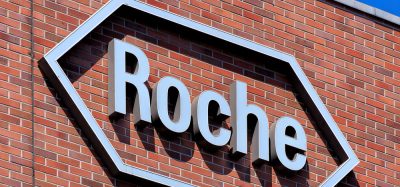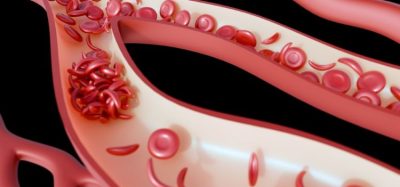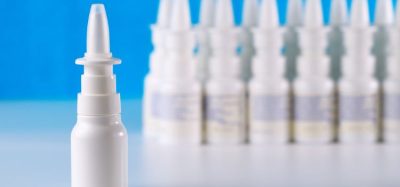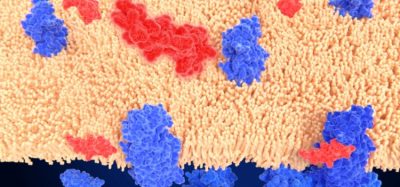Weekly injections shows HIV-1 viral suppression
Posted: 11 June 2018 | Dr Zara Kassam (European Pharmaceutical Review) | No comments yet
Results from a pivotal trial of a new HIV therapy, show that PRO 140 is an effective, long-acting therapeutic for previously treated HIV-1 infected patients…
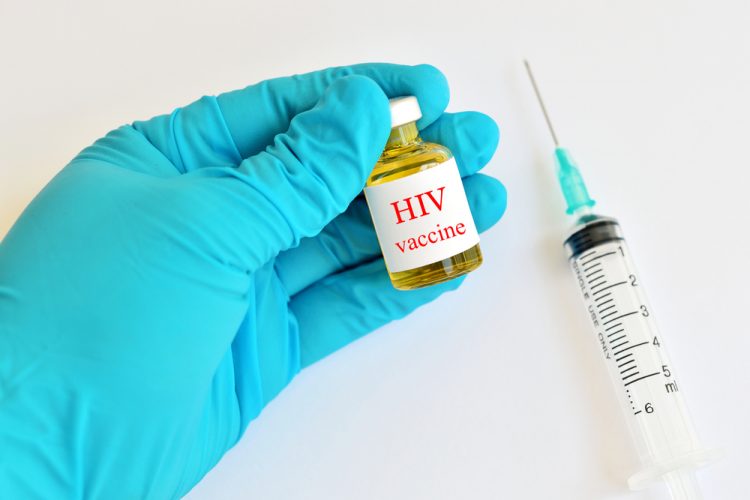

Results from a pivotal trial of PRO 140, a new HIV therapy, show that PRO 140 is an effective, long-acting therapeutic in combination with antiretroviral treatment (ART) for previously treated HIV-1 infected patients. This is an ongoing randomised, double-blind, placebo-controlled trial.
PRO 140 is a novel humanised CCR5 monoclonal antibody under development by CytoDyn Inc. At one week following a single subcutaneous injection of PRO 140 together with existing ART, patients achieved a mean viral load reduction of approximately 97% from a mean baseline viral load. The trial met its primary efficacy endpoint: the proportion of patients with 0.5 log10 reduction in HIV-1 RNA viral load from baseline at the end of the one-week treatment period.
“While ART has greatly advanced over the years, new agents are needed to improve the potency and pharmacokinetic profiles, decrease toxicity, combat drug resistance, and improve convenience to facilitate patient compliance,” said Dr Nader Pourhassan, CytoDyn’s President and Chief Executive Officer. “These trial results support the continued development of PRO 140 as a simple-to-administer, long-acting HIV-1 therapy that, together with optimized background ART, can provide a valuable new therapeutic option for patients who have become resistant to multi-antiretroviral agents.”
Fifty patients with demonstrated evidence of HIV-1 replication on existing ART and documented resistance to two or more antiretroviral drug classes participated in the ongoing two-part pivotal trial. In the first one-week portion of the trial, patients were randomised into two arms with both arms continuing on existing ART. The researchers administered a single PRO 140 350 mg subcutaneous injection to one arm of the trial, and the second arm received a placebo.
The trial met the primary efficacy endpoint: the proportion of patients with 0.5 log10 reduction in HIV-1 RNA viral load from baseline at the end of the one-week treatment period (p ~ 0.0032). In part two of the trial, all patients received 24-weeks of PRO 140 subcutaneous with optimized background ART in an open-label setting. Continuing access to PRO 140 is provided to patients completing 25 weeks in the trial.
“With the highly favorable efficacy results for this combination therapy trial, and data from our previous trials and our ongoing monotherapy trial, we are now working toward the filing of a Biological License Application, or BLA, with the FDA for PRO 140 in the combination therapy indication,” added Dr Pourhassan.
Related topics
Antibodies, Biopharmaceuticals, Clinical Development, Clinical Trials, Research & Development (R&D), Therapeutics, Vaccines




